The fly is one of the major moves and one of the most used in padel. Did you know that there is not only one style of volley? Depending on the time or place, you can volley differently.
Let's quickly compare the padel other racquet sports. At tennis, volleys are used very offensively to end the point. The game takes place at the baseline, then when the opportunity comes, the players rush to the net to deliver the final blow.
Au squash, volleys are used as a hit to speed up the game and gain speed against the opponent.
Au table tennis, volleys do not exist.
As regards the badminton and Beach tennis, the volleys are made upwards because the net, in height, complicates the realization of aggressive volleys.
Finally, the volleys used at padel as well as net play are specific to our sport. And you will see that there are several types of volleys that you may never have thought of!
Runway background
And yes, we can volley from the bottom of the track. You are on your line and your opponents are attempting a deep, fast ball, and you prefer to “block” it rather than let it pass using the glass. This end of the track is simply used to defend, to give the opponents one more ball to play. who are at the net. You will impact in front of you, either with both feet on the ground, or, if you have time, by moving forward to take time on the ball.
Volleys played with body weight
These are, or at least they should be, the most used volleys in the padel. There are 3 kinds.
- La transition flight : it is a volley often used during the climb to the net or after a bandeja, played in the middle of the track. This volley allows both power and control. Upon impact with the ball, the non-dominant foot (on the side opposite the hand) will touch the ground.
- La fly control : you are already well positioned at the net and you want to prepare your point by moving your opponents. You are looking for precision without necessarily speed. You will therefore have both feet on the ground before impact with the ball.
- The heavy fly : this volley is the one that is used the most at high level. It allows you to put on weight by transferring all the weight of the body in the ball during the strike. This volley goes fairly quickly, picks up spin and bounces little. You will impact the ball then you will put the non-dominant foot on the ground, more simply, you will impact with one foot in the air.
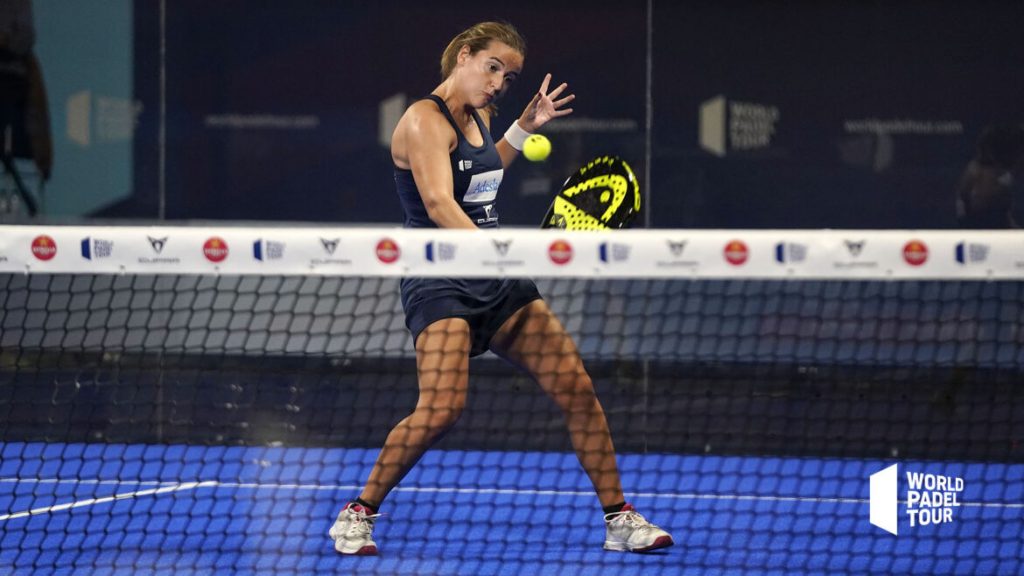
Volleys played with the arm
These volleys there serve to put an end to the point. We are not looking for technique or precision, the goal is to "assassinate" our opponents. Some players tend to play only with the arm for all their volleys because their past has given them a “good hand”, but it's always going in the same direction or too fast.
This type of flight is carried out moving forward, always looking for the impact in front of you. We will find this volley during a very fast climb to the net, after a return of serve a little too high, we will also find it in advanced players to give more effect to the ball on some higher volleys. (played at or above shoulder height).
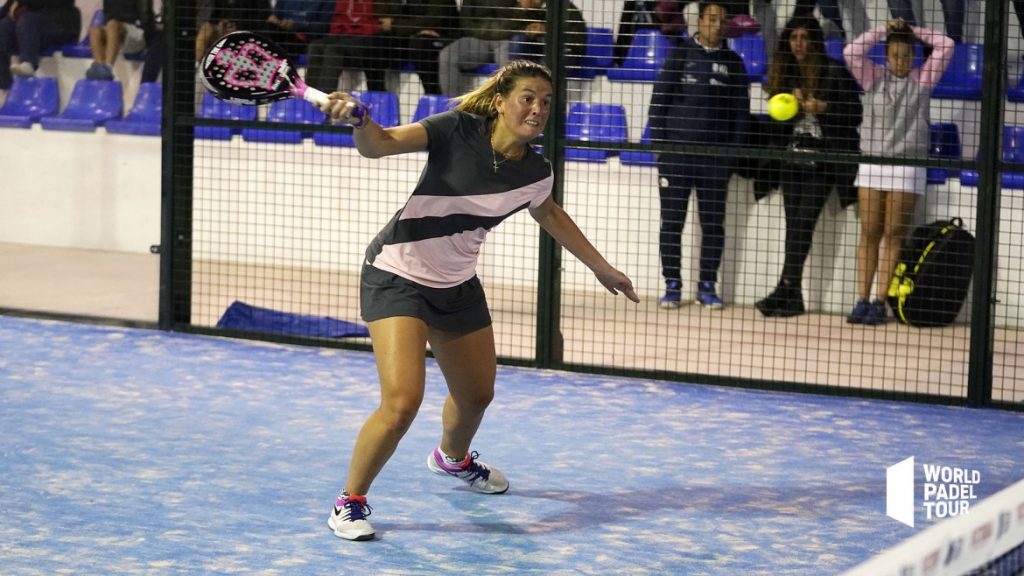
Reflex volleys
They are also volleys. The goal here is no longer to put your opponents in difficulty but rather to put back into the field a ball played with violence or simply played on your body. Block is the word. Well placed on your supports, you put the pala in opposition to simply pass the ball to the other side of the net. By leveling up, you can at the last moment try to finish forward, which will give depth to your shot.
Conclusion
If you take the tour, you will find that the padel is very complete technically and that simply in your “library” of moves, you can have 6 types of volleys only for the forehand. So of course it is difficult to have all these variations, but with time, training and awareness of the impact that this or that technique can have on your game, you will tactically grow and be able to go “tickle”. ”Players who were once inaccessible.
Julien Bondia is a teacher of padel in Tenerife (Spain). Columnist and advisor, he helps you play better through his tutorials and tactical/technical articles padel.




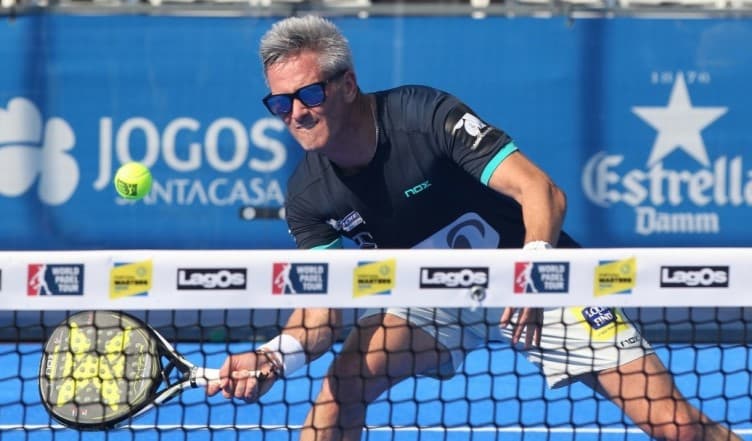































































































 World Seniors Plus 2024 Open (M): four French pairs in the semi-finals, and the psychological advantage gained against the Italians!
World Seniors Plus 2024 Open (M): four French pairs in the semi-finals, and the psychological advantage gained against the Italians!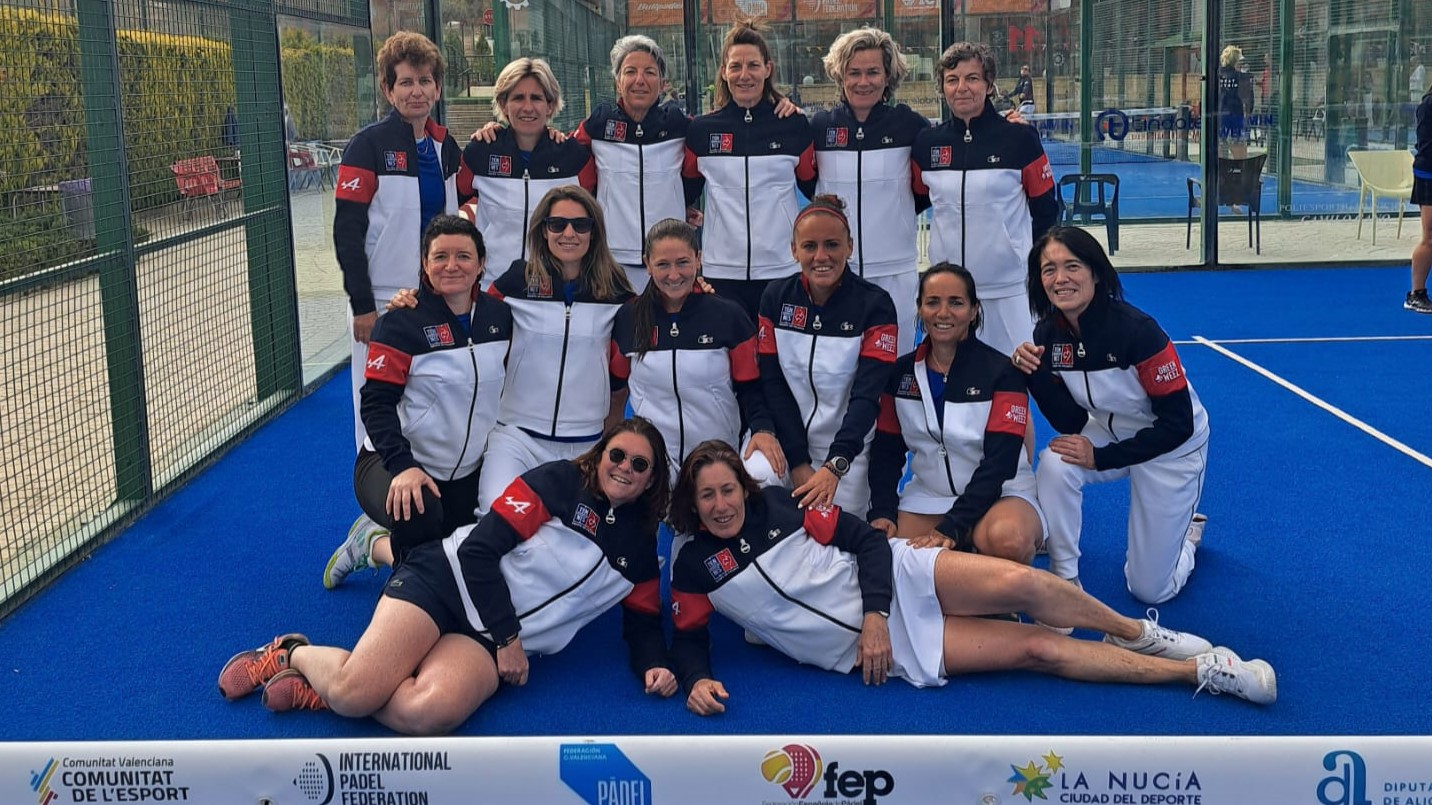 World Seniors Plus 2024 – The French women’s team in the final four!
World Seniors Plus 2024 – The French women’s team in the final four! How to effectively test a racket padel ?
How to effectively test a racket padel ?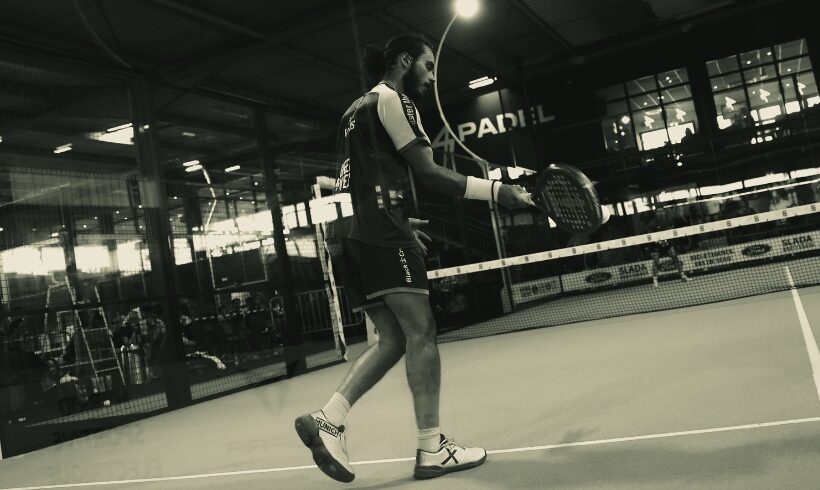 Manuel Vives: “It’s extremely difficult to get by financially”
Manuel Vives: “It’s extremely difficult to get by financially” And 4 for Frederick and Mehdy with network 4Padel !
And 4 for Frederick and Mehdy with network 4Padel !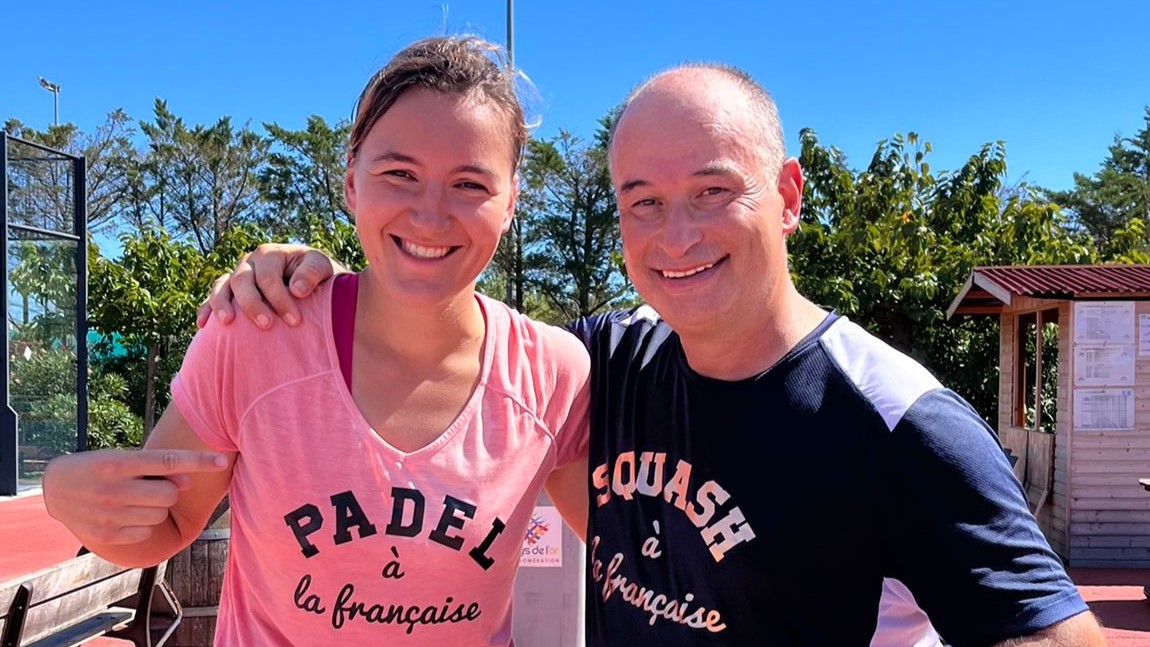 Benoît Letourneau (GM Squash & Padel): “Have a hundred young people in multi-snowshoes within three years”
Benoît Letourneau (GM Squash & Padel): “Have a hundred young people in multi-snowshoes within three years”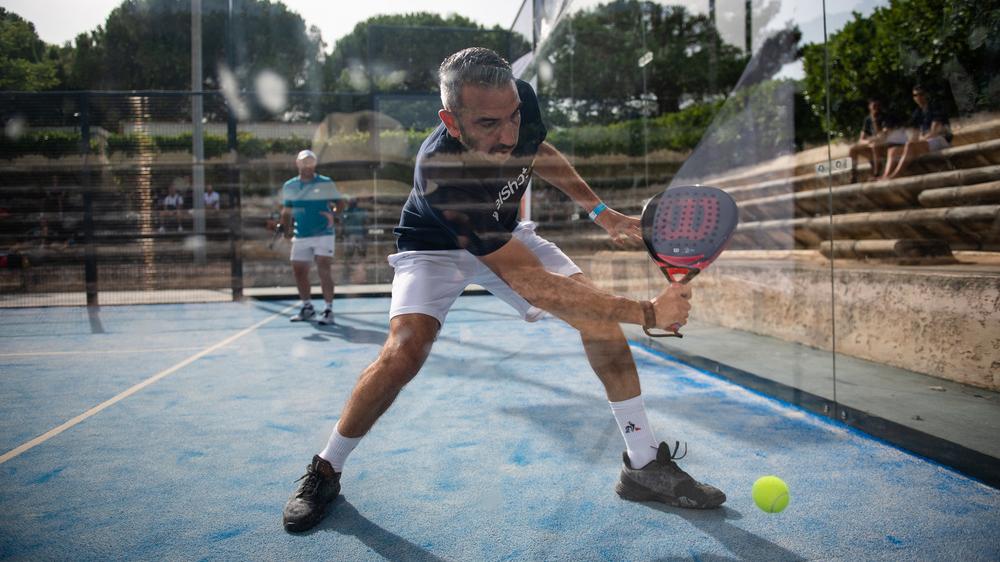 World Senior Plus – Simon Boissé: “Be in the first five places”
World Senior Plus – Simon Boissé: “Be in the first five places”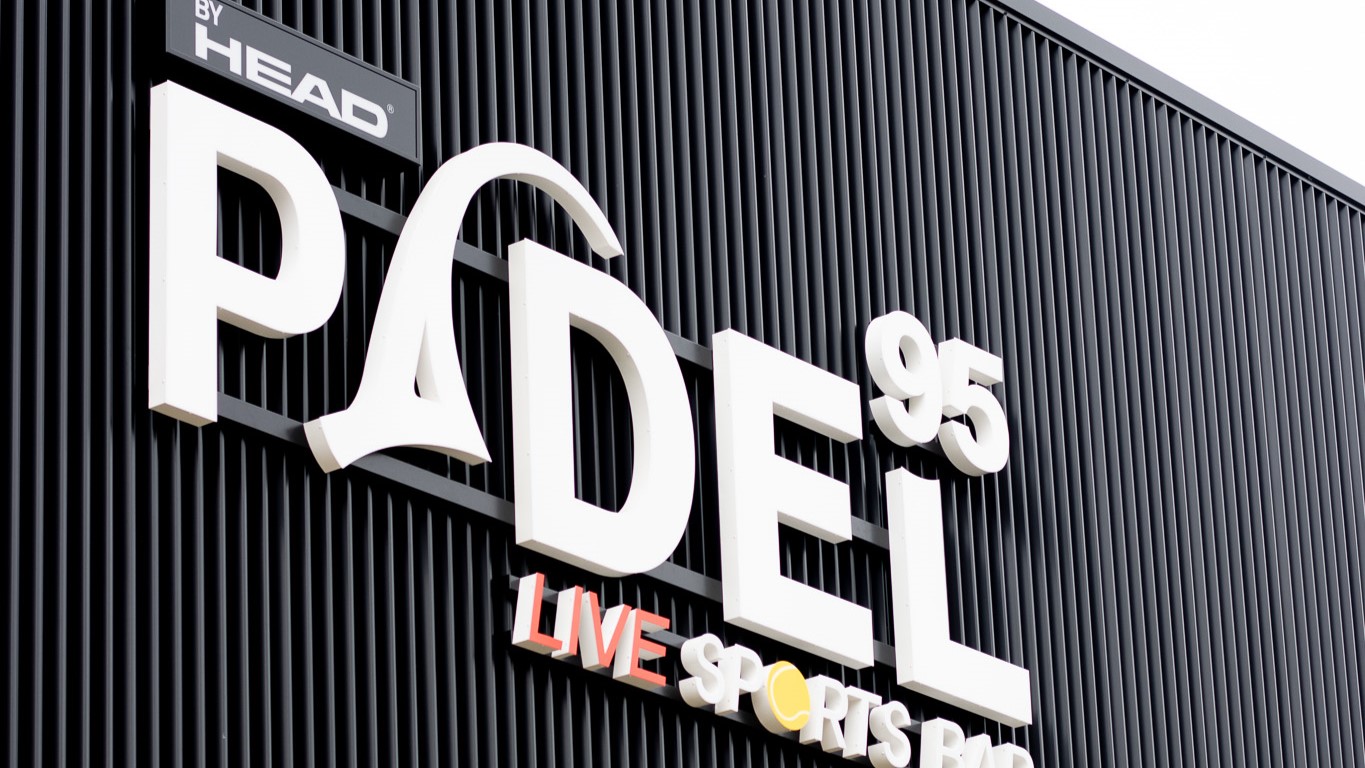 Padel 95: a brand new complex in Pontoise!
Padel 95: a brand new complex in Pontoise!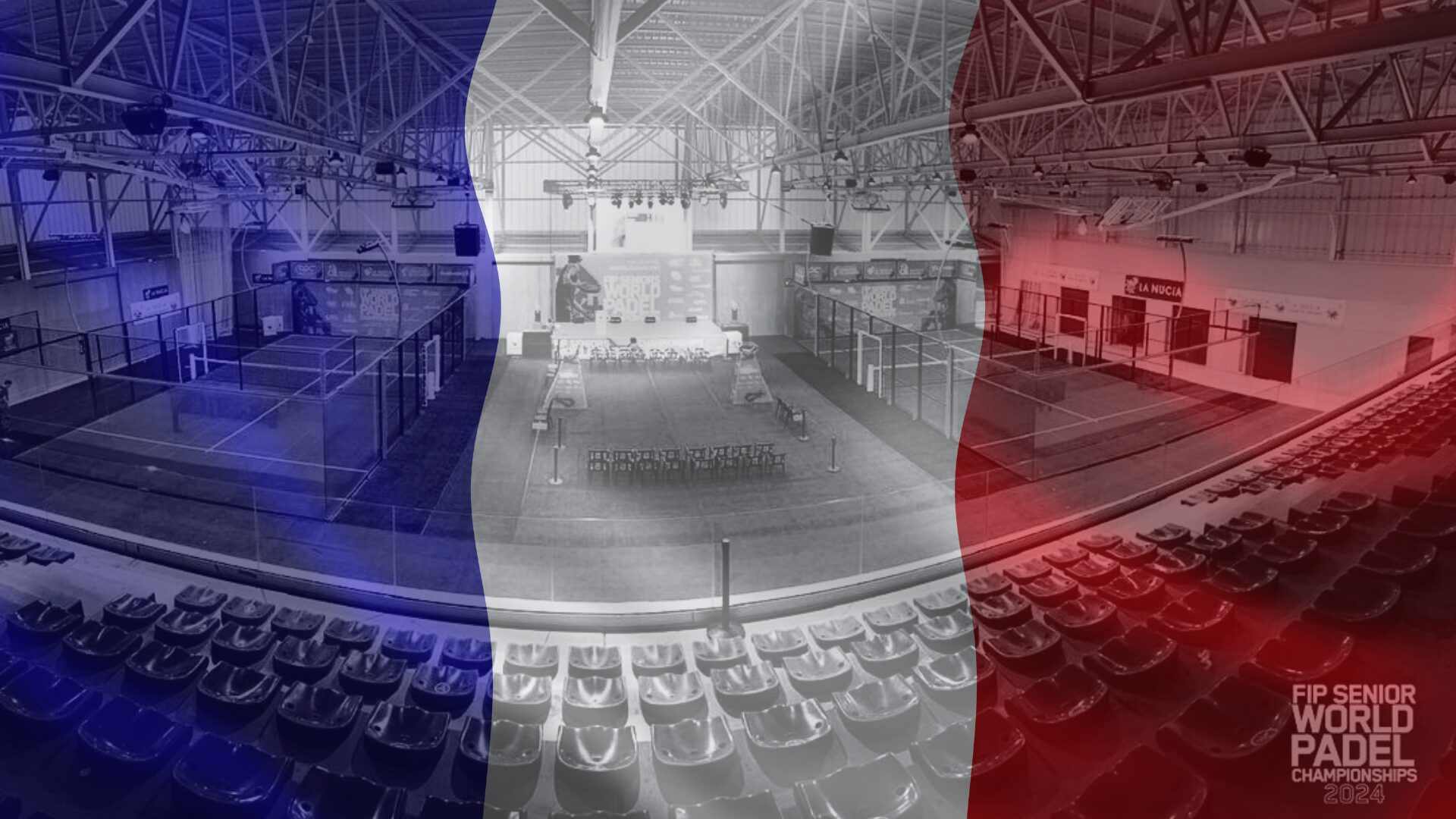 World Seniors Plus 2024 Open (M): four French pairs in the semi-finals, and the psychological advantage gained against the Italians!
World Seniors Plus 2024 Open (M): four French pairs in the semi-finals, and the psychological advantage gained against the Italians!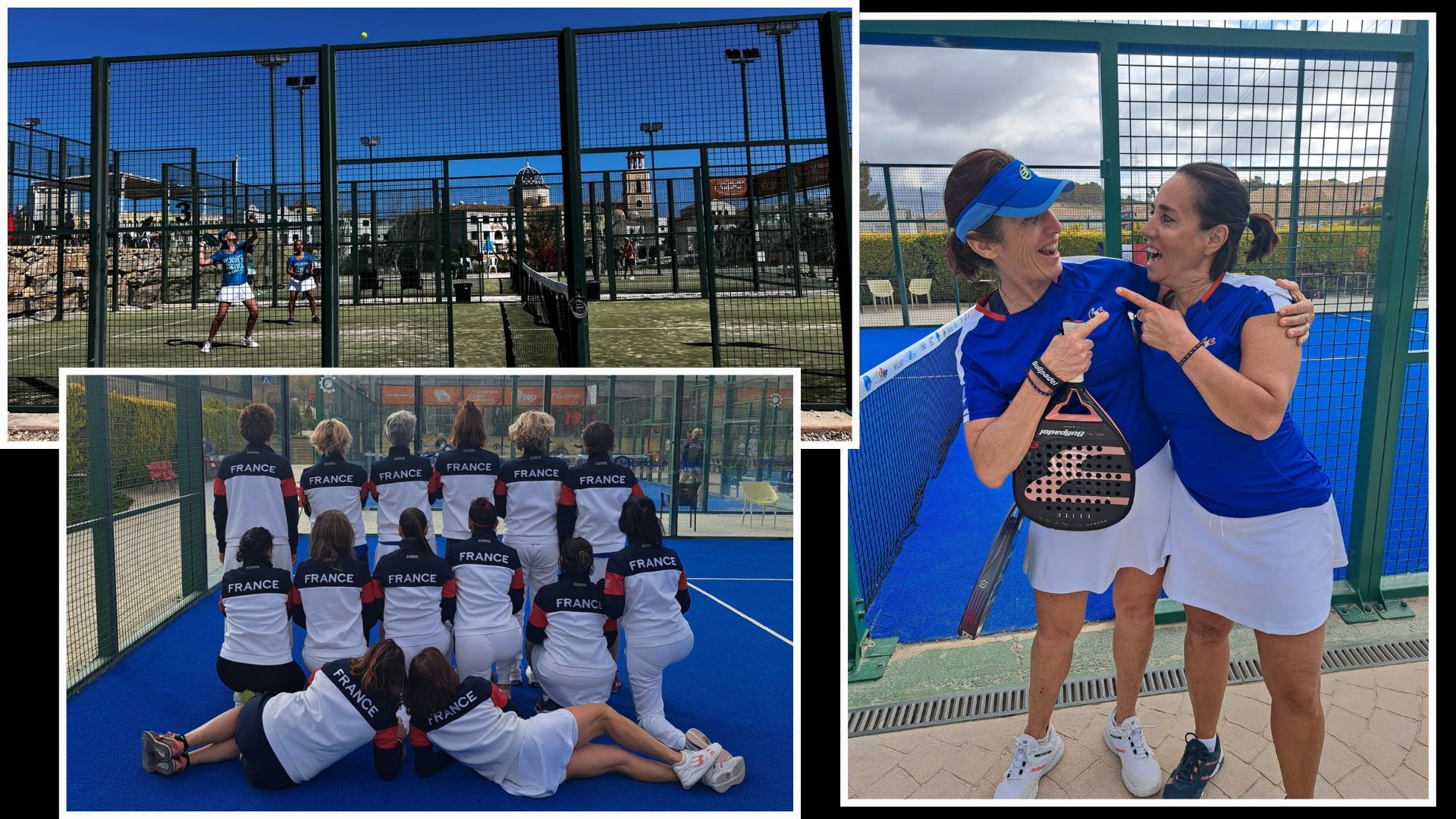 World Seniors Plus 2024 Open (F): heading to the quarter-finals for five French pairs!
World Seniors Plus 2024 Open (F): heading to the quarter-finals for five French pairs!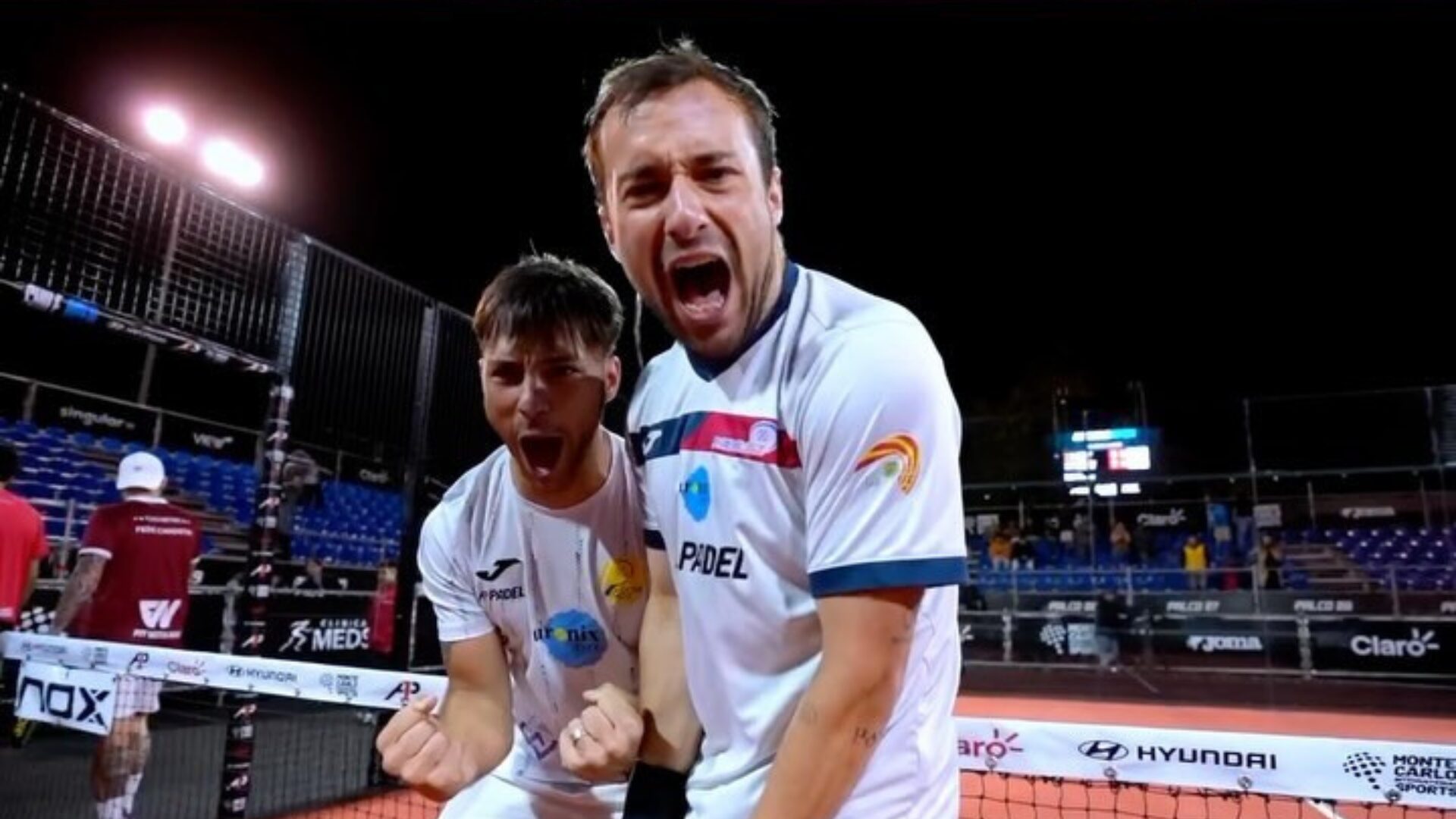 A1 Padel Chile Open – Chiostri and Sanchez eliminated, the eighths start strong!
A1 Padel Chile Open – Chiostri and Sanchez eliminated, the eighths start strong! Play at padel on his yacht? Possible for €233.000!
Play at padel on his yacht? Possible for €233.000!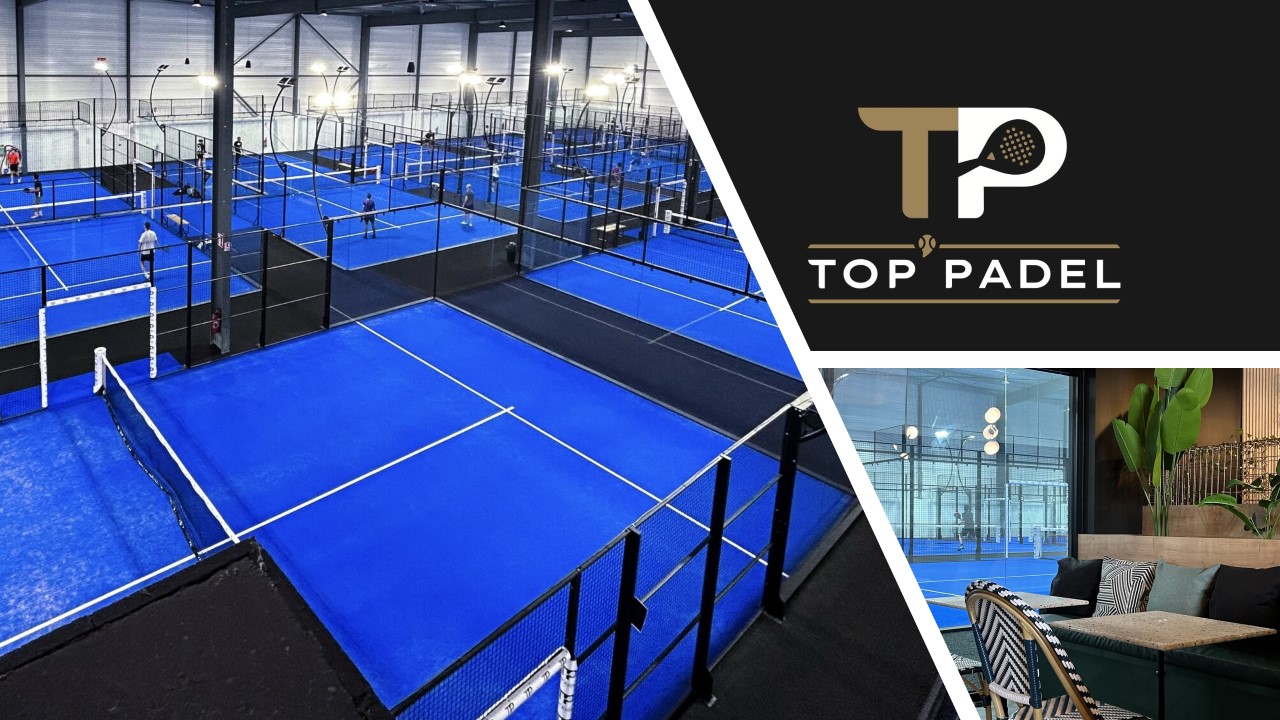 TOP Padel : “A premium club with 10 slopes in Toulouse”
TOP Padel : “A premium club with 10 slopes in Toulouse”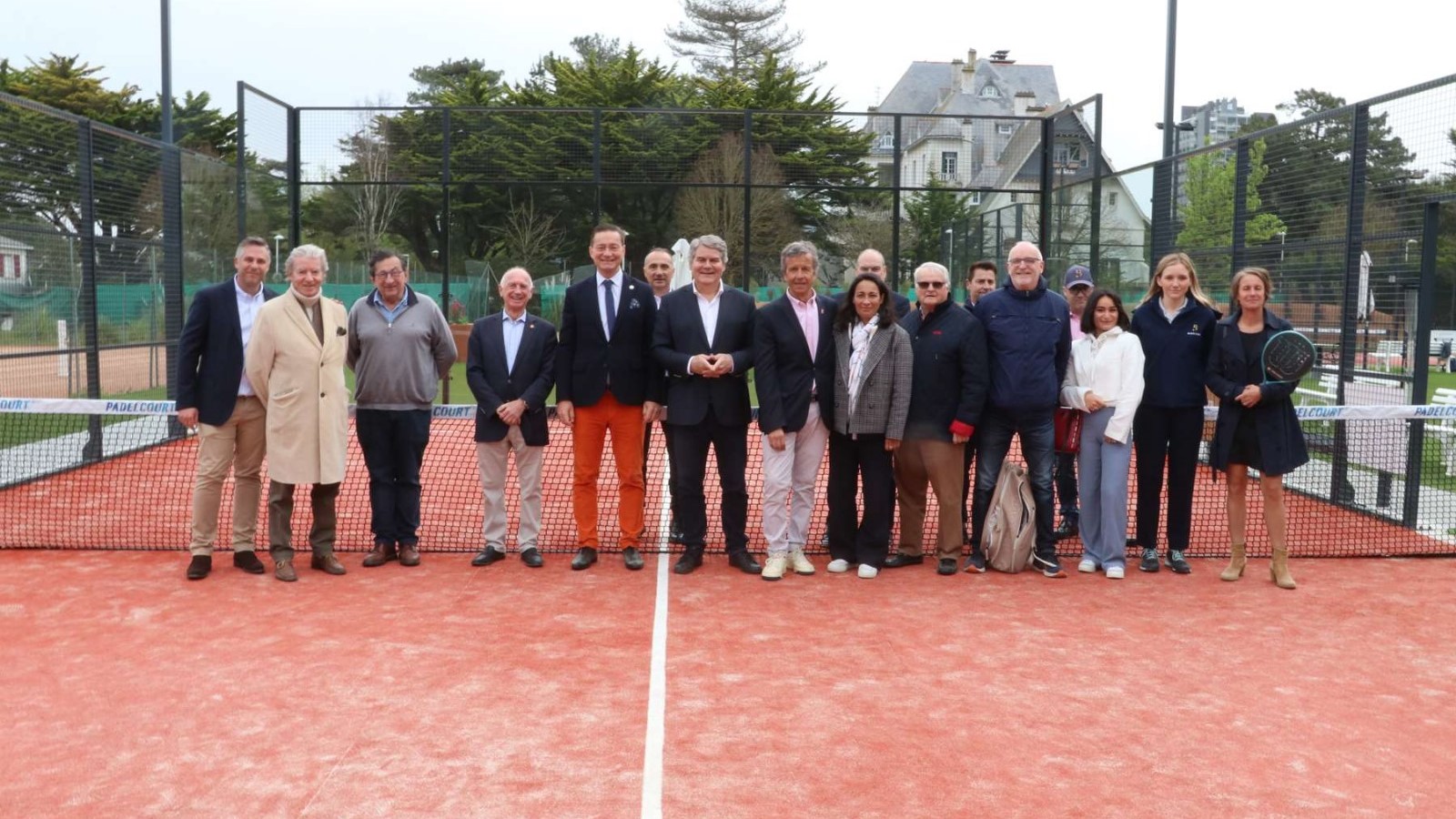 The padel of the Barrière Country Club are born in La Baule
The padel of the Barrière Country Club are born in La Baule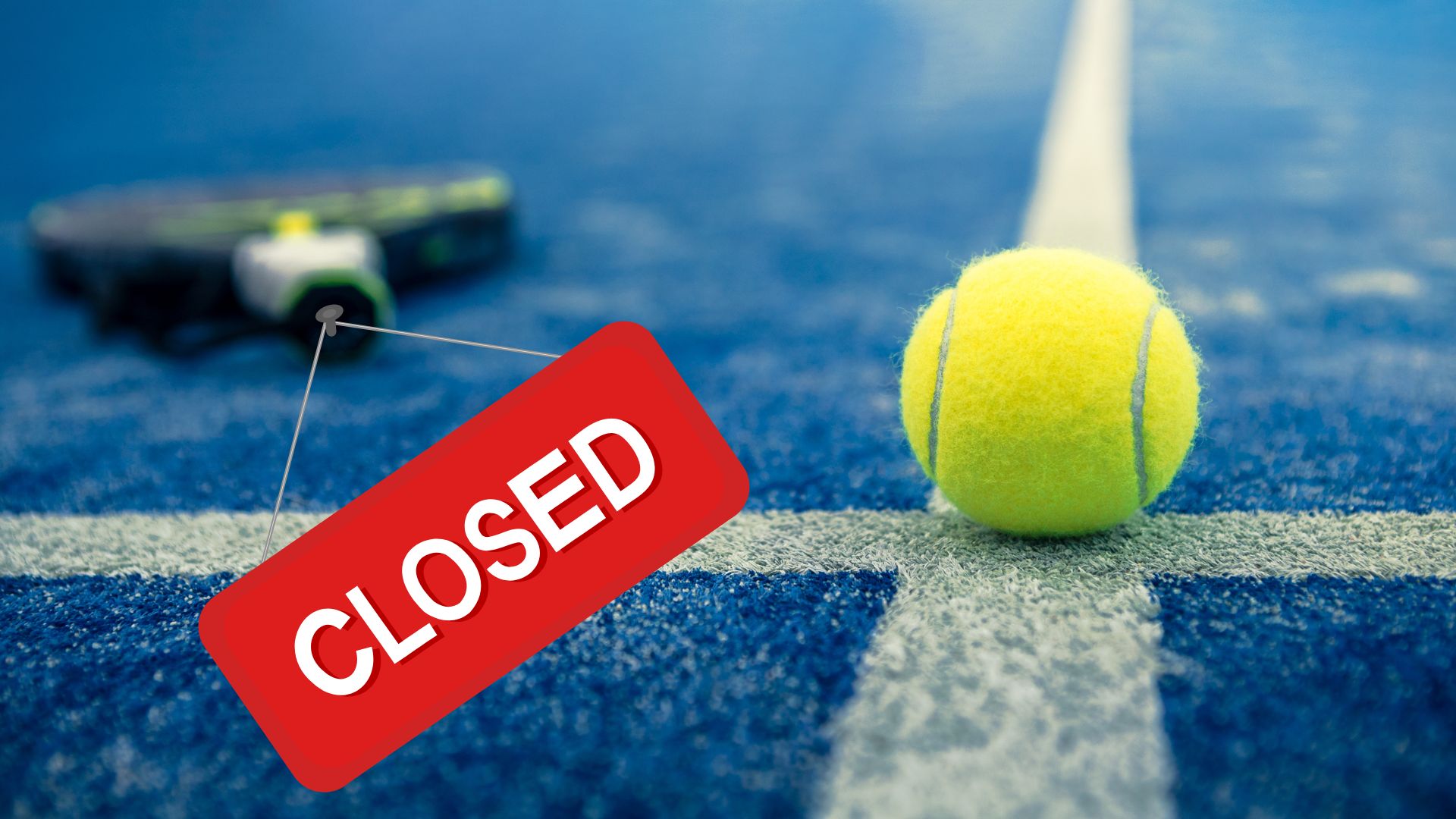 Why clubs padel do they close?
Why clubs padel do they close?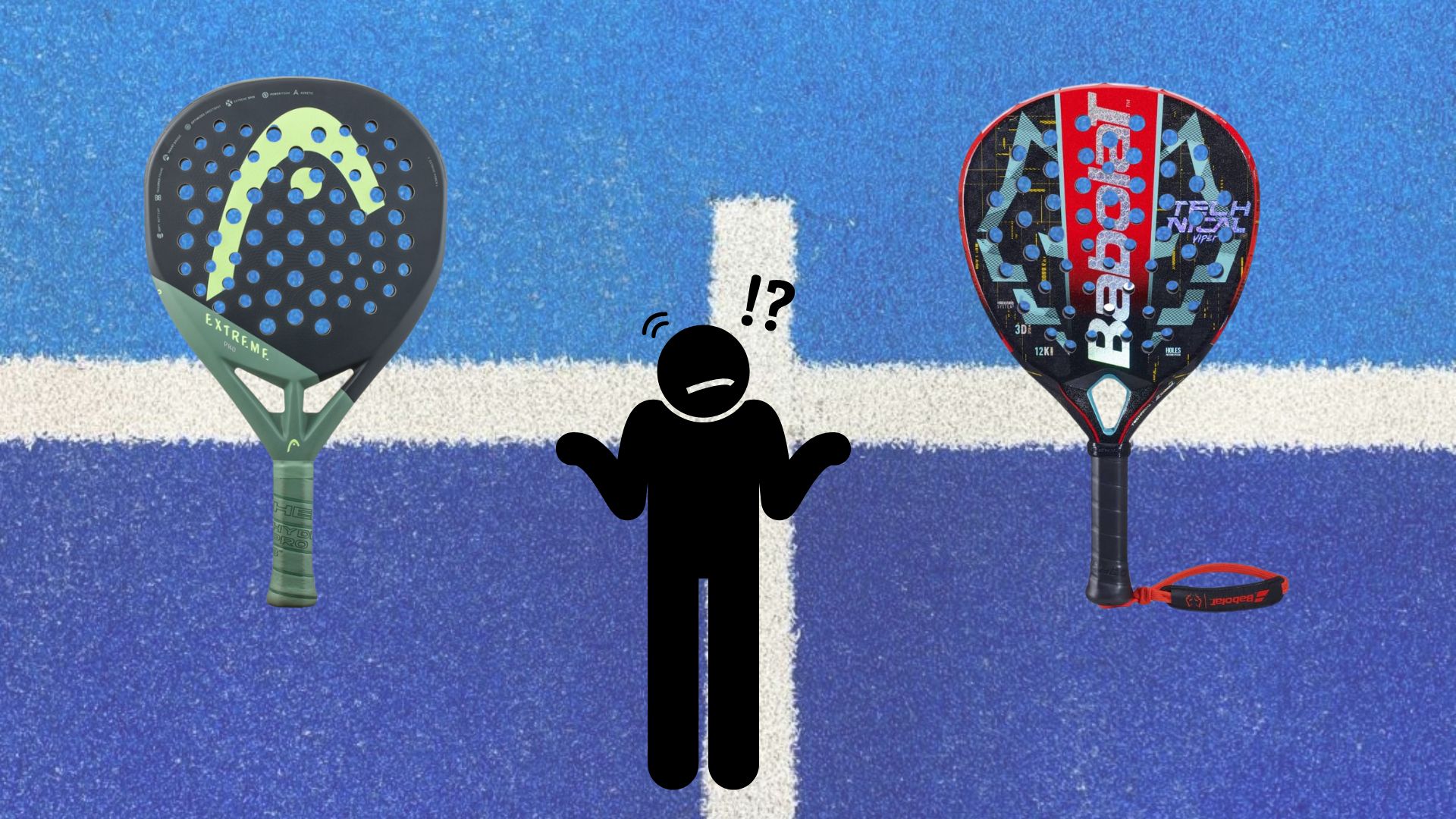 Which high-end racket to choose in 2024?
Which high-end racket to choose in 2024? At the heart of padel – Episode 24: Paul Daulan shares the evolution of his bandeja
At the heart of padel – Episode 24: Paul Daulan shares the evolution of his bandeja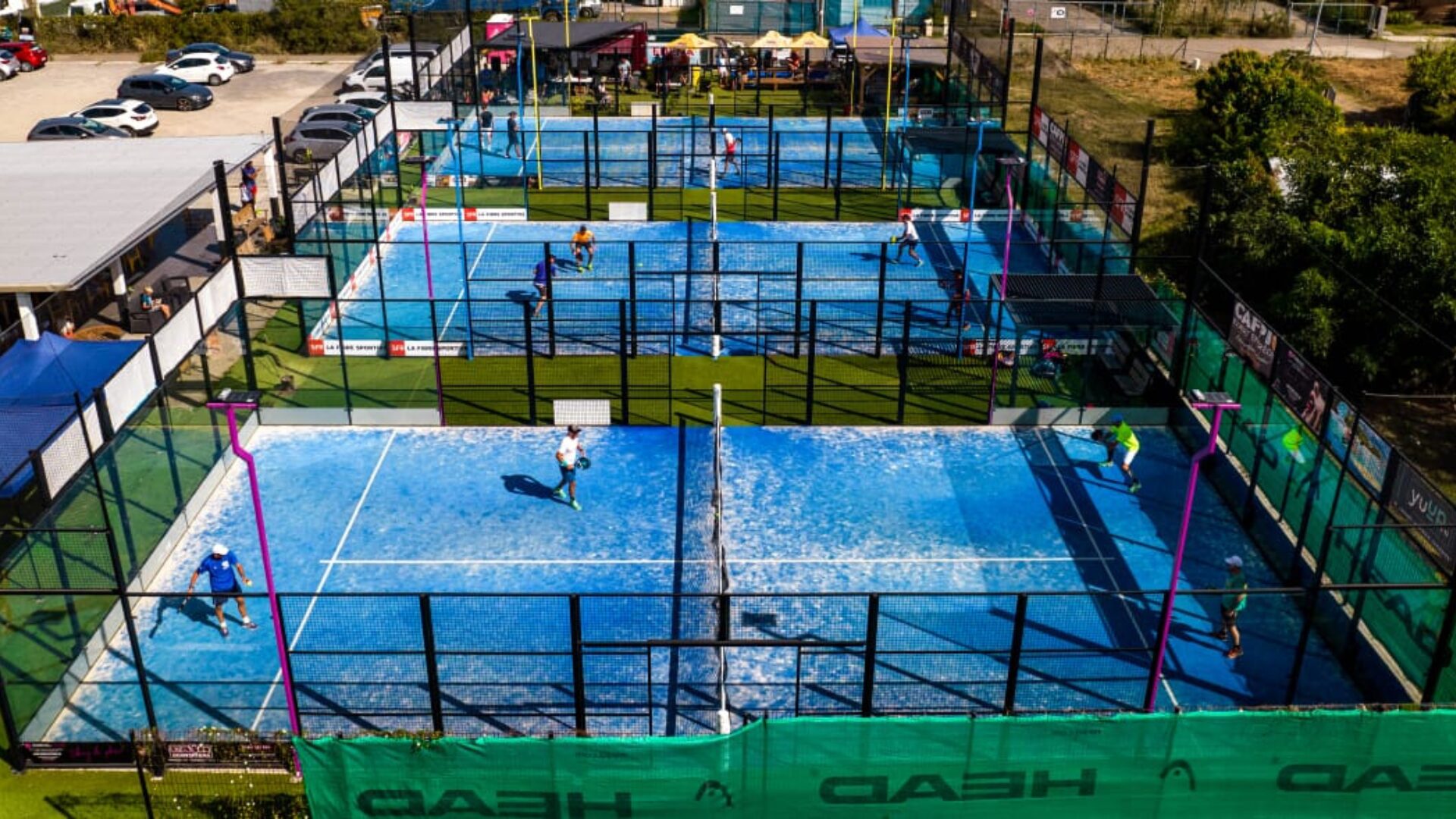 Why choose a track padel new?
Why choose a track padel new? At the heart of padel – Episode 23: defend the window well
At the heart of padel – Episode 23: defend the window well Prohibition on playing topless Padel : the reasons
Prohibition on playing topless Padel : the reasons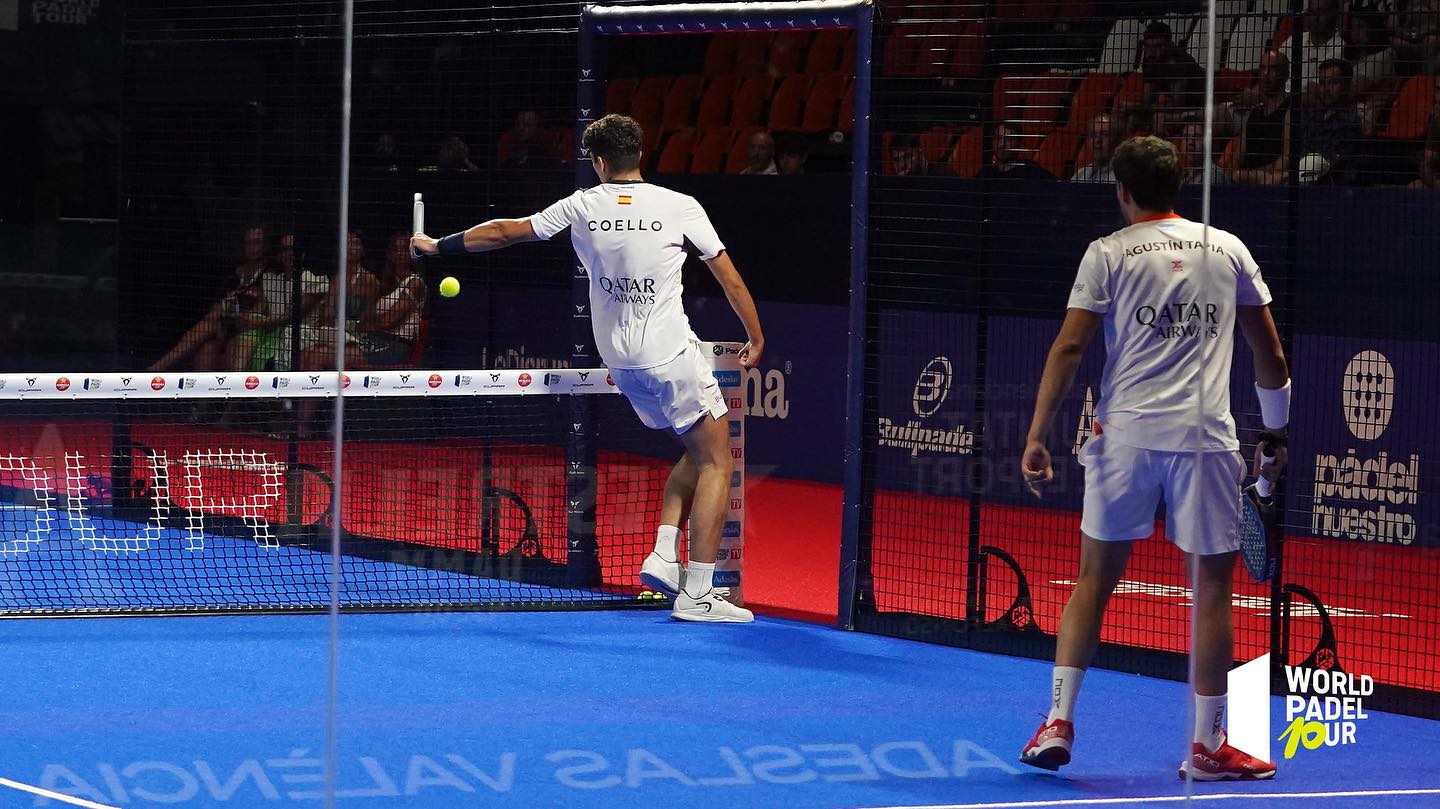 What is the difference between a dormilona, a dejada and a cushioned puerta?
What is the difference between a dormilona, a dejada and a cushioned puerta? FIP Tour – Going far from Europe, THE strategy to earn points!
FIP Tour – Going far from Europe, THE strategy to earn points! What is a good football player? padel ?
What is a good football player? padel ? “Lefties give me headaches when I play against them!”
“Lefties give me headaches when I play against them!” At the heart of padel – Episode 14: how to earn points in winter?
At the heart of padel – Episode 14: how to earn points in winter?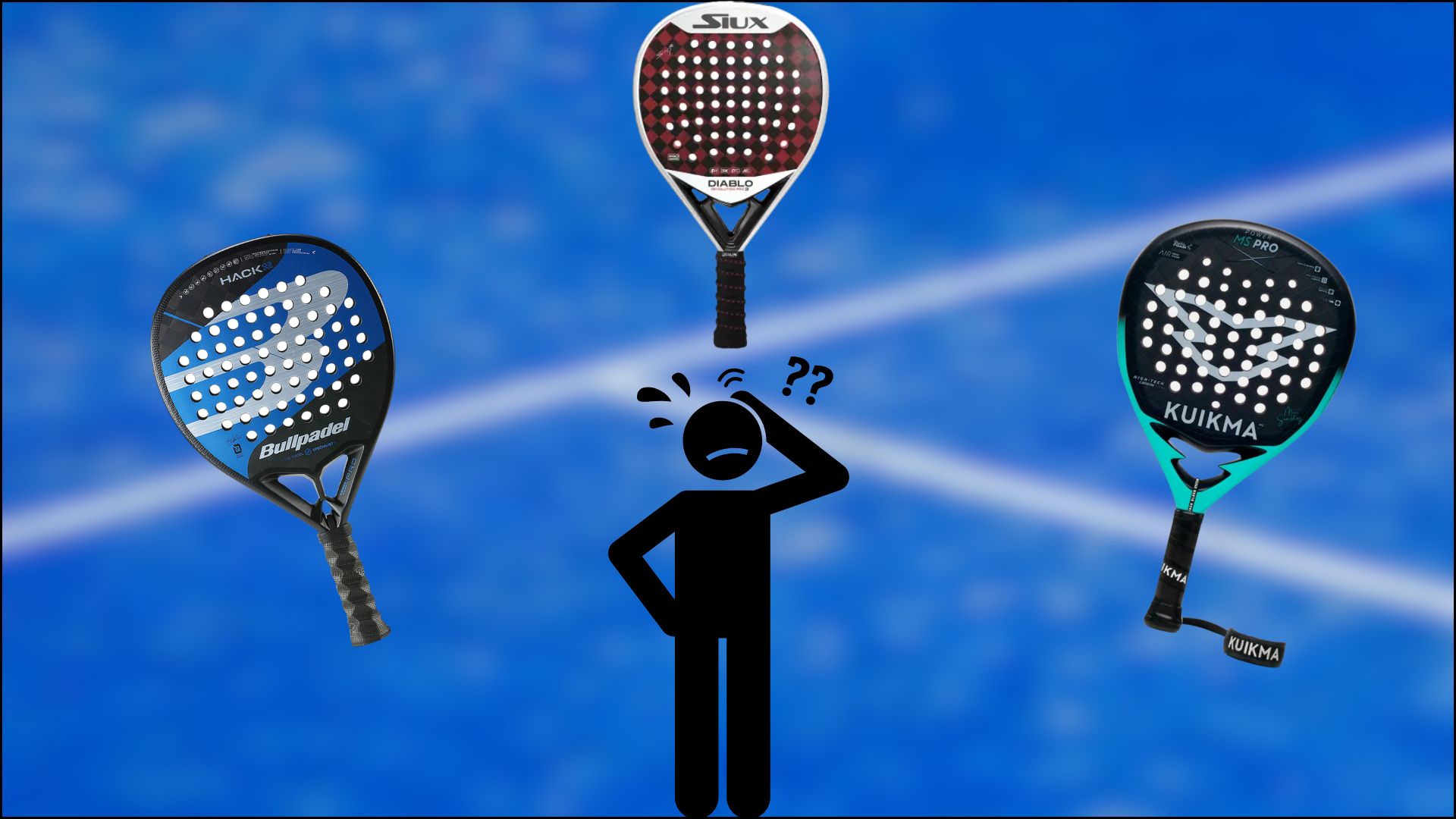 Choose your racquet padel in 3 steps
Choose your racquet padel in 3 steps La padel to fight Parkinson's disease
La padel to fight Parkinson's disease Don't play with a cracked or broken racket, your body will thank you!
Don't play with a cracked or broken racket, your body will thank you! Michel Cymes: “The padel, physically, it’s serious!”
Michel Cymes: “The padel, physically, it’s serious!” Jeremy Gala: “Promote the padel among young people in Belgium remains a challenge”
Jeremy Gala: “Promote the padel among young people in Belgium remains a challenge” The French Touch Academy organizes its selection day Padel-Study
The French Touch Academy organizes its selection day Padel-Study Report on the detection and training of younger generations
Report on the detection and training of younger generations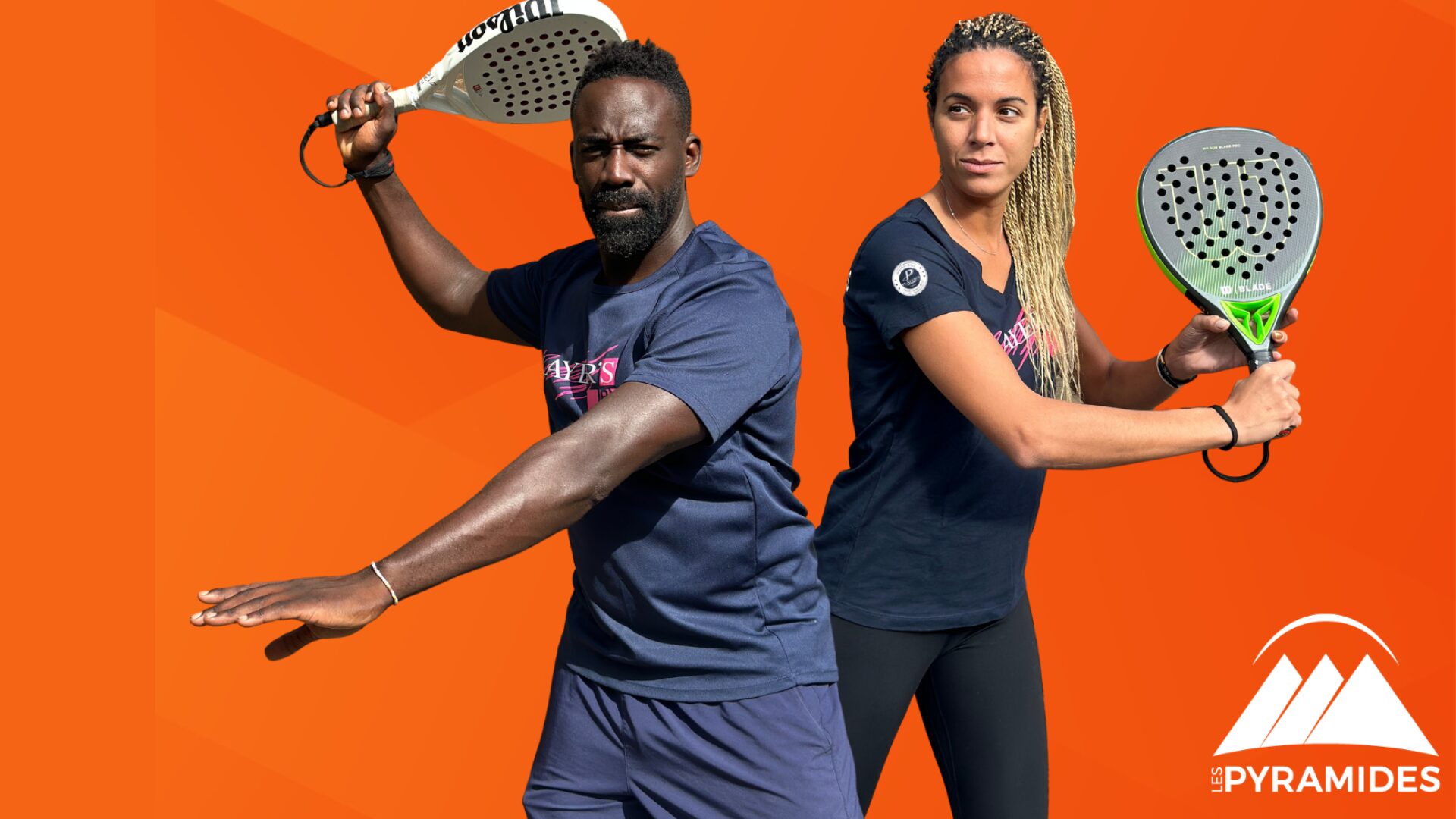 Player's adult courses from April 8 to 21, 2024!
Player's adult courses from April 8 to 21, 2024!
What about the damped flight? In what category do you put it?
😉 Yes it is. We will come back to this theme a little later. Thanks for the com.